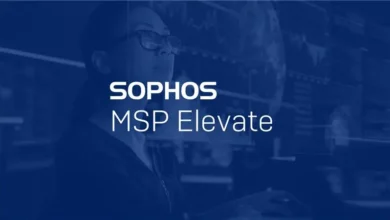
Sophos has made its endpoint protection a native, automatically-included part of every Taegis Extended Detection and Response and Managed Detection and Response subscription. The company says the change gives customers unified prevention, detection, investigation, and response in one place, while lowering total cost of ownership through simpler licensing and management.
What changed, and why it matters
The headline change is bundling. New and existing Taegis XDR and MDR customers now get Sophos Endpoint by default, which brings prevention-first features like CryptoGuard ransomware protection and Adaptive Attack Protection into the same console that analysts already use for threat hunting and response. In practical terms, that can shorten time to containment in hands-on-keyboard incidents and reduce tool sprawl that often drives security budgets up.
The move comes after Sophos consolidated its portfolio around Taegis following the Secureworks acquisition earlier this year, a shift we’ve been tracking through its partner program and MSP updates that focused on unified delivery and MDR at scale.
Cost control without vendor lock-in
Sophos stresses Taegis remains an open platform. Organisations can keep their current endpoint stack and still ingest telemetry for detections from tools like Microsoft Defender, CrowdStrike, SentinelOne, or Carbon Black by Broadcom. That matters for enterprises that have multi-year EPP contracts or niche device requirements. The company is positioning the bundle as a way to improve ROI by consolidating licensing where it makes sense, while preserving freedom of choice where it does not.
Three deployment choices now exist:
- Sophos Endpoint as the native, single-agent option.
- Non-Sophos native integrations for full-fidelity telemetry and detections from supported third-party EPP.
- Detection-only sensor when customers use other endpoint tools and only want Taegis detections.
What this could mean for Kenyan and African organisations
Kenyan businesses have been under sustained pressure from ransomware and broader cybercrime, with repeated spikes in threat activity and notable attacks over the past two years. Consolidated MDR and XDR operations that reduce mean time to detect and respond, while cutting duplicate tooling, are increasingly attractive in this environment.
We have also reported signs that firms using MDR are paying less when incidents do occur, thanks to faster containment and recovery planning. If Sophos’ bundled approach helps teams deploy prevention controls more consistently across fleets, that could further compress incident costs.
At the same time, investment in regional security operations continues to grow, from commercial fusion centres to bank and telco SOC modernisation, signalling a shift toward 24/7 managed defence rather than purely on-premise controls. Platforms that plug cleanly into these models without ripping out existing EPP will likely see faster adoption.







